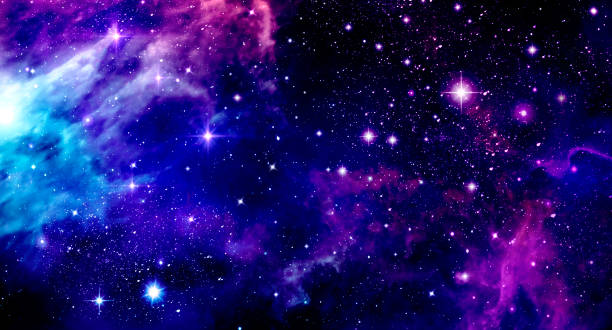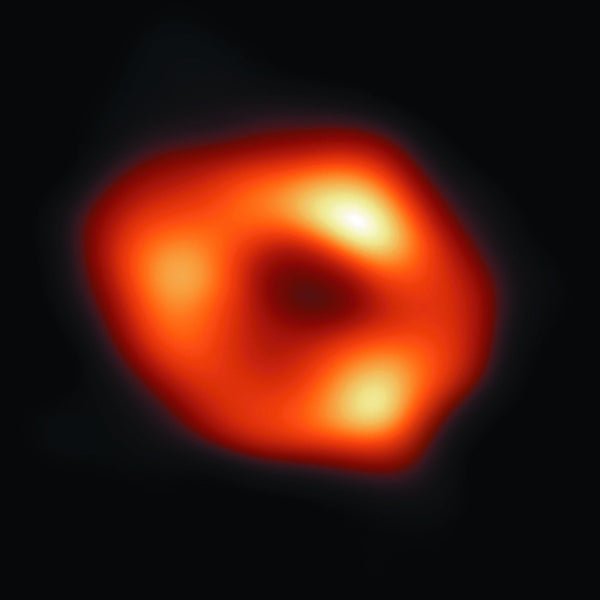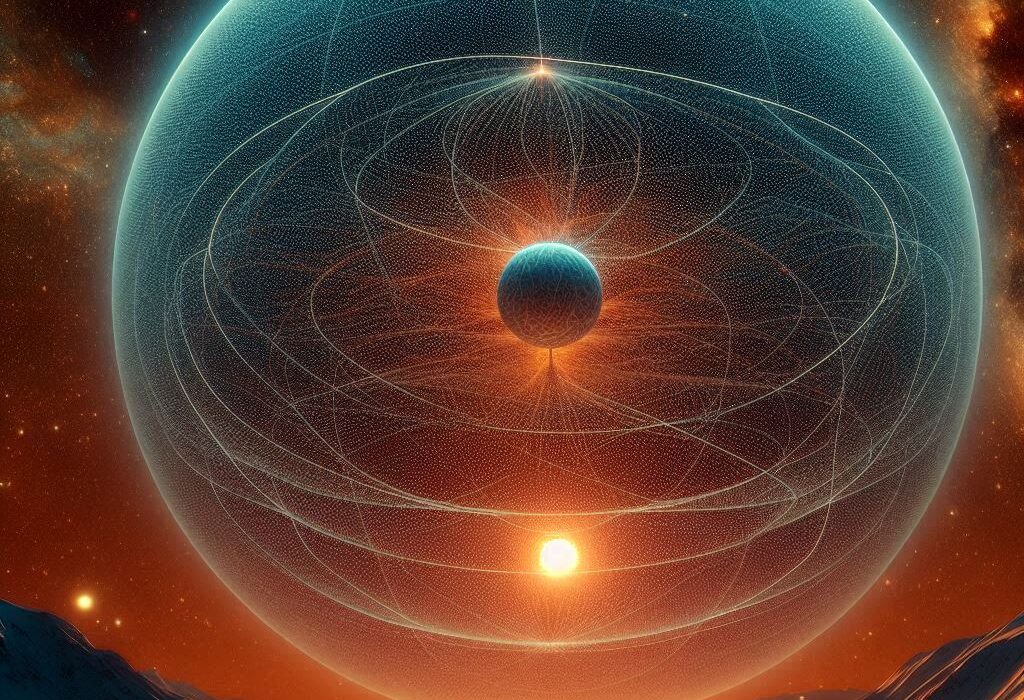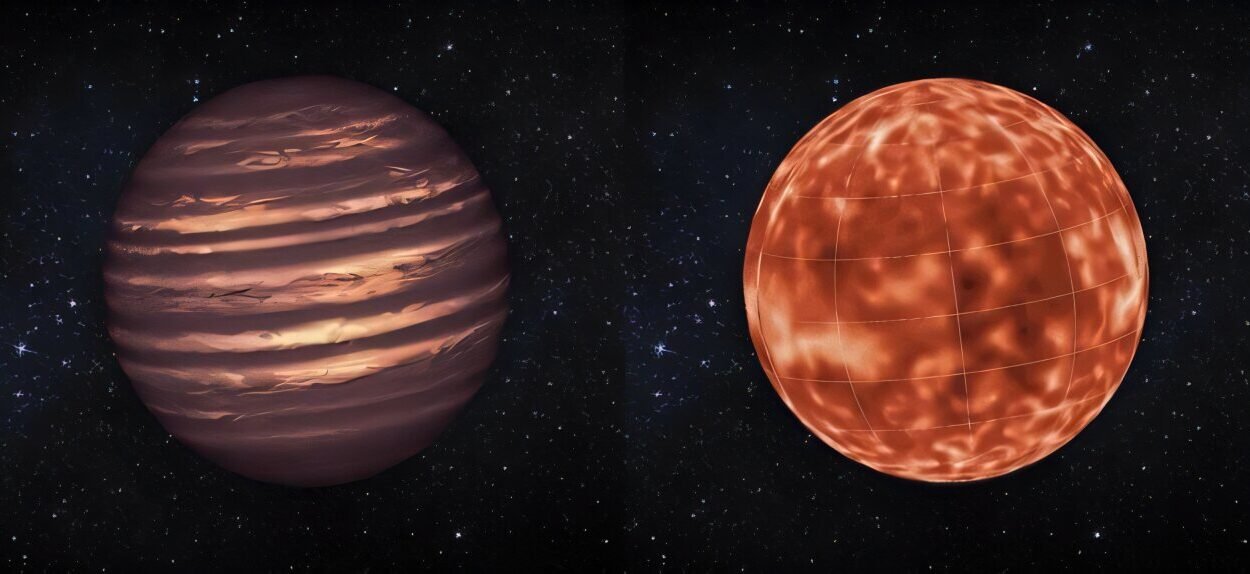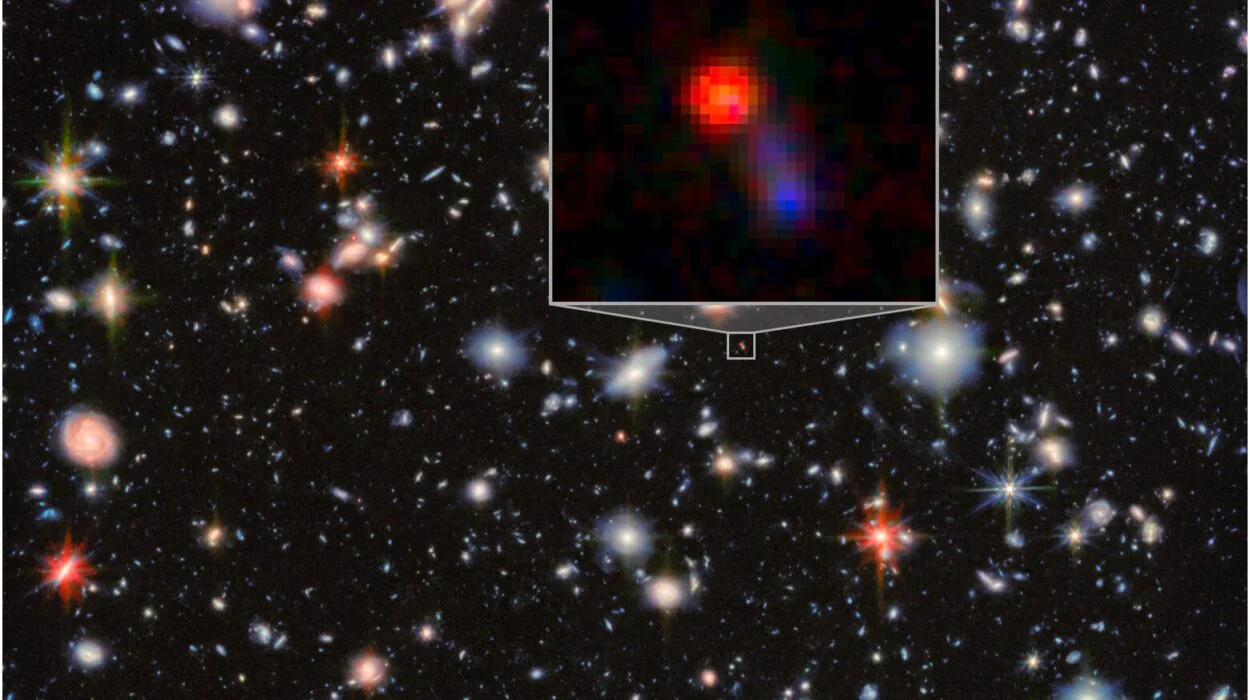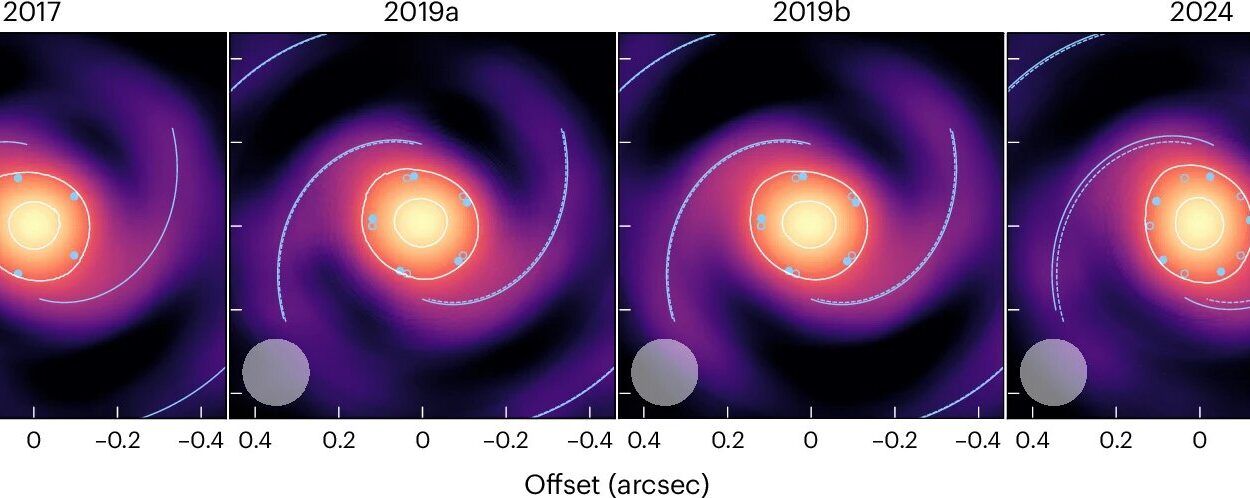In the beginning, there was darkness. And then—light. But how did it begin?
Astronomers have long grappled with one of the most profound mysteries of the cosmos: how the universe transitioned from a cold, silent void into a sea of blazing stars and galaxies. This momentous era—known as the Cosmic Dawn—marked the universe’s first step into light and complexity, setting in motion everything we see today: the stars above us, the planets beneath our feet, and the atoms in our bodies.
But the stars that sparked this transformation—the so-called Population III stars—are shrouded in mystery. We cannot see them directly, even with our most powerful space telescopes. They lived and died billions of years ago, leaving behind no direct light for us to capture. So how can we study something that vanished more than 13 billion years ago?
A team of international astronomers led by the University of Cambridge believes they’ve found a way—by listening rather than looking.
A Whisper from the Cosmic Past
It’s called the 21-centimeter signal—a faint radio whisper emitted by hydrogen atoms in the early universe. This signal, first predicted in the mid-20th century, is not from the stars themselves but from the vast oceans of neutral hydrogen gas that stretched across the young cosmos, filling the voids between those newborn stars and galaxies.
As the first stars ignited, they sent out waves of ultraviolet and X-ray radiation, heating and altering the surrounding hydrogen gas. These changes left fingerprints in the form of subtle fluctuations in the 21-centimeter signal. Now, scientists have shown that those fingerprints are not random noise—they encode vital information about the stars that caused them.
“This is a unique opportunity to learn how the universe’s first light emerged from the darkness,” said Professor Anastasia Fialkov of Cambridge’s Institute of Astronomy, co-author of a groundbreaking new study published in Nature Astronomy.
Modeling the Unseen Universe
Fialkov and her colleagues have developed an intricate new model that connects the properties of the 21-centimeter signal to the masses of the first stars. It turns out that the early universe’s radio glow can act like a cosmic time capsule, storing clues about how massive those stars were, how they emitted light, and how they died.
“We are the first group to consistently model the dependence of the 21-centimeter signal on the masses of the first stars, including the impact of ultraviolet starlight and X-ray emissions from X-ray binaries produced when the first stars die,” Fialkov explained.
This is no small feat. The model takes into account the extreme conditions of the early universe: the primordial mix of hydrogen and helium, the temperature of intergalactic space, and the behavior of X-ray binaries—systems where one star in a binary pair collapses into a black hole or neutron star and begins feeding on its companion, releasing powerful radiation in the process.
Previous models had largely overlooked these intense interactions, or underestimated their effects. But Fialkov’s simulations show that these X-ray binaries, formed from the death throes of massive Population III stars, play a crucial role in shaping the 21-centimeter signal. By understanding these interactions, astronomers can, for the first time, infer the mass distribution of the first stars—how big they were, how bright, and how different from stars today.
Not Through a Lens, But Through a Signal
While space telescopes like the James Webb Space Telescope have dazzled the world with stunning images of early galaxies, they still cannot reach back far enough to capture the very first stars. The light from those stars has long since faded into the abyss.
That’s where radio astronomy comes in.
Fialkov leads the theory team for REACH—the Radio Experiment for the Analysis of Cosmic Hydrogen—an ambitious antenna project currently undergoing calibration. REACH is designed to detect the 21-centimeter signal from the dawn of time, using the Earth’s quietest landscapes—such as the remote Karoo desert in South Africa—as a listening post for cosmic whispers.
Simultaneously, a massive international effort is building the Square Kilometer Array (SKA), a network of thousands of antennas spread across two continents. SKA will eventually map the faint variations in the 21-centimeter signal across huge swaths of the sky, providing the most detailed look yet at the epoch known as reionization—when the first stars reionized the surrounding hydrogen, transforming the universe into a transparent, light-filled realm.
“These radio telescopes won’t be able to image individual stars, but they will give us incredibly detailed statistical information about entire populations of stars, galaxies, and X-ray binary systems,” said Dr. Eloy de Lera Acedo, a co-author of the study and Principal Investigator of the REACH project. “The predictions we are reporting have huge implications for our understanding of the nature of the very first stars.”
The First Stars: Giants of a Strange Time
What were these first stars like?
They were likely giants—dozens to hundreds of times the mass of our Sun, burning hot and dying young. With no heavy elements in the early universe (no carbon, oxygen, or iron), these Population III stars formed from the pure hydrogen and helium left over from the Big Bang. Their deaths were violent, collapsing into black holes or triggering massive supernovae that seeded the cosmos with the first elements heavier than helium.
These first stars lit the match that led to galaxies, planets, and life itself. But until now, their precise characteristics remained out of reach.
The new model developed by Fialkov’s team helps close that gap. By predicting how different star masses would affect the timing, shape, and strength of the 21-centimeter signal, they’ve provided a roadmap for the REACH and SKA teams—an invaluable tool in decoding the earliest chapters of the cosmic story.
Listening to the Light
Understanding the first stars is not just about looking backward. It’s about understanding how everything forward—everything we know—came to be.
“The transition from a cold, dark universe to one filled with stars is a story we’re only beginning to understand,” Fialkov said. “And the 21-centimeter signal is our best chance to fill in that story.”
This work is more than just a theoretical exercise. It’s a blueprint for future discoveries. As REACH nears completion and SKA begins its observations in the coming years, scientists will begin comparing real data to Fialkov’s predictions. If they match, we’ll have the clearest picture yet of the first stars—and we’ll have heard it not in starlight, but in the faint murmur of ancient hydrogen.
“It takes a bit of imagination to connect radio data to the story of the first stars,” she added. “But the implications are profound.”
A Cosmic Symphony Still Playing
The idea that the birth cries of the universe still echo around us is, in a word, poetic.
In the Karoo desert, beneath the blackest night skies on Earth, an antenna is listening. Not to music, not to speech, but to something older and more mysterious—a frequency set in motion when the first stars awakened.
Someday soon, astronomers may finally be able to tell us how massive those stars were, how they clustered, how they lived, and how they died. All from a signal that has been traveling, unbroken, for over 13 billion years.
And when that signal is finally deciphered, it will be like unsealing a time capsule written not in words or pictures, but in hydrogen, light, and silence.
Reference: Determination of the mass distribution of the first stars from the 21-cm signal, Nature Astronomy (2025). DOI: 10.1038/s41550-025-02575-x
